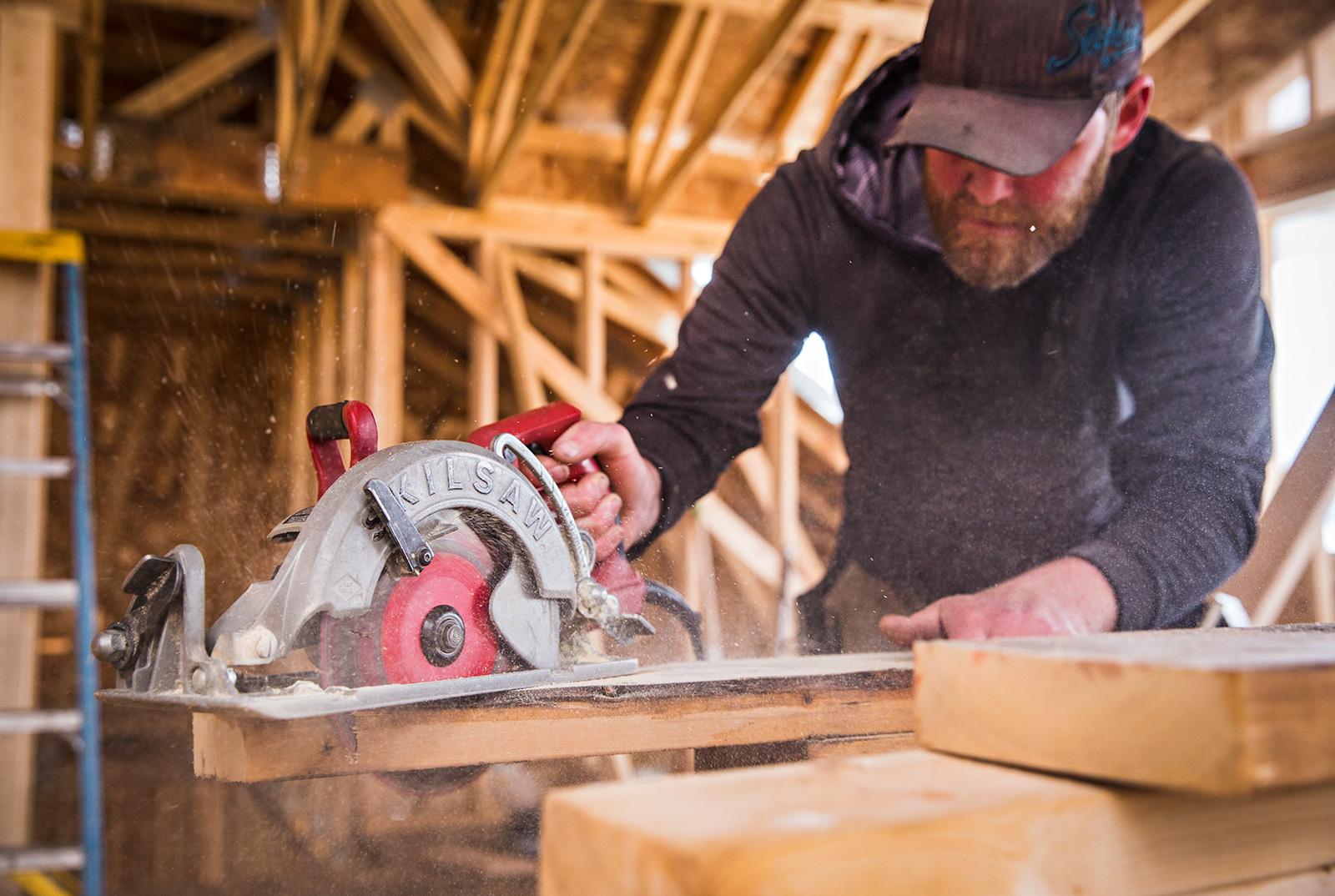Tight Labor Market Spills Into 2022
Montana’s employment levels are at an all-time high with more unfilled positions than before the pandemic as the workforce ages
By Maggie Dresser
As the economy rebounded last year and businesses reopened their doors, an unanticipated workforce shortage trend disrupted operations nationwide, which has lingered into 2022 as the unemployment rate remains low at 2.8% in Montana in November of 2021.
But the jobless rate is not the only statistic that relates to the nation’s labor pool, says Patrick Barkey, the executive director of the Bureau of Business and Economic Research at the University of Montana.
“Most people know one economic statistic quite well and that’s the unemployment rate,” Barkey said. “There’s one thing we are getting a painful lesson in and that’s not the only rate that matters. In fact, the portion of the working age population in the labor force is what matters. If you are not in the labor force and not looking for work, you’re not inscluded in the unemployment rate calculation.”
Before the pandemic’s recession hit, 63% of the working age population in the state was either working or looking for a job, Barkey said. By the end of 2020, that number went down 2 percentage points, amounting to almost 30,000 people.
“It’s a big deal,” Barkey said.
Like most recessions, people lost their jobs when COVID hit, but many decided not to return to their old occupation, which normally wouldn’t result in a tight labor market since demand for workers is usually depressed. But the economy rebounded quickly following the pandemic’s recession, Barkey said, meaning there was a high demand for workers, resulting in a labor shortage.
Since last summer, Barkey says 1 percentage point in the working age population was gained, meaning people are re-entering the workforce as employers recruit more, pay higher wages and allow people to work from home.
“It’s happening fairly rapidly, but not rapidly enough,” Barkey said.
But many people have retired early and may not return, he added.
Officials at the Montana Department of Labor and Industry (DLI) say that an aging workforce is the primary cause of the labor shortage, which has been impacting the market for the last decade.
Labor markets are now tighter than they were before the pandemic, with employment levels in Montana at an all-time high combined with more unfilled job openings than before the pandemic. There are roughly 37,600 unfilled openings each month compared to roughly 27,400 in 2019.
From Nov. 2020 to Nov. 2021, employment in Flathead County grew 7% and the number of unemployed dropped 55% over the year, leaving only 1,163 unemployed people in the county.
Barkey says consumer demand is likely to decrease this year following a year of pandemic fueled spending, which should lower the demand for services and labor.
“That pent-up demand of consumer spending is starting to be spent,” Barkey said. “Everybody was holed up (in 2020) and everybody went on vacation (in 2021). It was a big surge all at once. I think we will get back to something that will be more normal, if I dare say.”
Montana industries with the highest demand for labor include food service, office and administrative support and sales, which have annual average wages ranging from $22,800 to $35,350, according to the DLI.
Locally, according to job postings on www.montanaworks.gov, Flathead County has 146 registered nurse openings, 64 openings for retail sales and 38 openings for cashiers.
Barkey says that skilled trades like electricians and construction workers that were difficult to fill before the pandemic continue to see a shortage.
“There are different facets of the labor shortages,” Barkey said. “One has to do with the current conditions and how many people are retiring. Other conditions have to do with the labor pipeline and people entering occupations … And you have special situations in healthcare where there’s lot of burnout.”
Other issues like a lack of childcare continue to prevent certain populations from re-entering the workforce, which was a problem before the pandemic, Barkey said.
According to the DLI, the most common reason that people are not in the workforce is family care, which makes up 44.3% followed by illness and disability with 31.1%.
“I think labor markets will continue to be tight,” Barkey said. “The economy will grow above trend and that will put more pressure on the labor market and there will be an improvement in participation with rising wages. The labor market will continue to struggle and adjust to this new reality.”